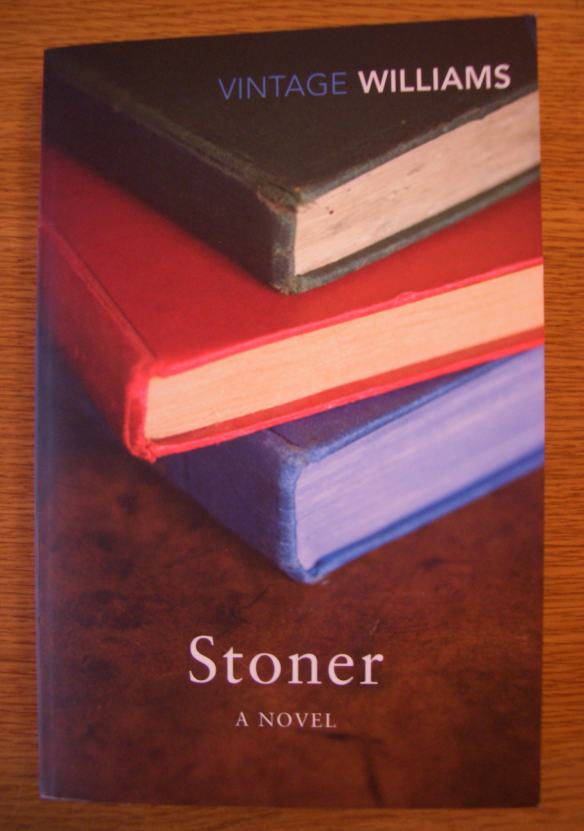Here is a sample blog post on the novel, ‘Stoner’ by John Williams. I have taken a ‘Research’ approach to the text.
 This book piqued my interest because there seemed to be a week in my life when three different people mentioned the book to me: “Have you read, ‘Stoner’?” I had never heard of it, save for my partner’s mother sending it over for me from the UK and me dutifully filing it away in the bookshelf for another day. I was commenting to a colleague about the role of the teacher and how we have to be philosophical about what we can achieve in our jobs or else despair (I think I was reflecting on student apathy) and he mentioned the book in this context. I decided to dust it off.
This book piqued my interest because there seemed to be a week in my life when three different people mentioned the book to me: “Have you read, ‘Stoner’?” I had never heard of it, save for my partner’s mother sending it over for me from the UK and me dutifully filing it away in the bookshelf for another day. I was commenting to a colleague about the role of the teacher and how we have to be philosophical about what we can achieve in our jobs or else despair (I think I was reflecting on student apathy) and he mentioned the book in this context. I decided to dust it off.
I am now about two thirds of the way through and I am totally hooked. Stoner, the main protagonist, is so awkward and likeable at once. He grapples with the politics of relationships and has a kind of steady integrity which is appealing but also a passivity which is infuriating at times. As a English lecturer in a university, he experiences failure across many facets of his life. It’s not exactly uplifting, so far, but it is certainly interesting. And it is what is left unsaid is the most interesting about this novel.
I’m at the point where Stoner is at odds with his colleague and now boss. There is a heavy hint as to why the ‘hunchback’ Hollis Lomax might be defending the ‘cripple’ Charles Walker but I’m not sure I get it. ‘It’s not what you think,’ says Stoner to his friend. But I’m not sure what I, the reader, think! Is there a hint of an affair? Why are both described with a phsyical deformity? Is this supposed to reflect a misshapen morality? If so, why?
I have only just begun a little background reading about the text. Here’s the thing: it’s a late blooming classic. In 2013 Julian Barnes wrote in The Guardian:
“Stoner first went into Vintage in 2003, after McGahern had recommended it to the publisher Robin Robertson. In the decade up to 2012, it sold 4,863 copies, and by the end of last year was trundling along in print-on-demand. This year, up to the end of November, it has sold 164,000 copies, with the vast majority – 144,000 of them – coming since June.”
This makes me wonder about the idea of a classic and what are the factors which determine a classic. What caused the rush on it in recent years? The fact that it is published as ‘Vintage Williams’ suggests that it has been widely accepted but is that just a clever marketing trick by publishers?

Hmm… I often wonder what makes a classic. Isn’t it that it encapsulates the themes and issues of its time? Why do we refer to books as ‘classics’ and not art. Music, yes? Classic hits, etc. It’s always interesting to delve into the books/music/art that falls through the cracks, I think.
LikeLiked by 1 person
Classic often refers to a time period in which it was made, however, it is now often used more regularly as an essential example or necessary item. This book is a classic or this movie is a classic. Classical music however refers to the style in which it is made.
LikeLike
Yes, it seems to have lots of different meanings. Eg in music, as you say, ‘classical’ is a time period/style although it’s become a generic term for Art Music of different eras/styles. I’m just suggesting that our knowledge of what makes a book ‘classic’ might be a bit limited, eg Are we only talking about books written in English or Western literature in general? We are not thinking of books from other cultures.
LikeLiked by 1 person